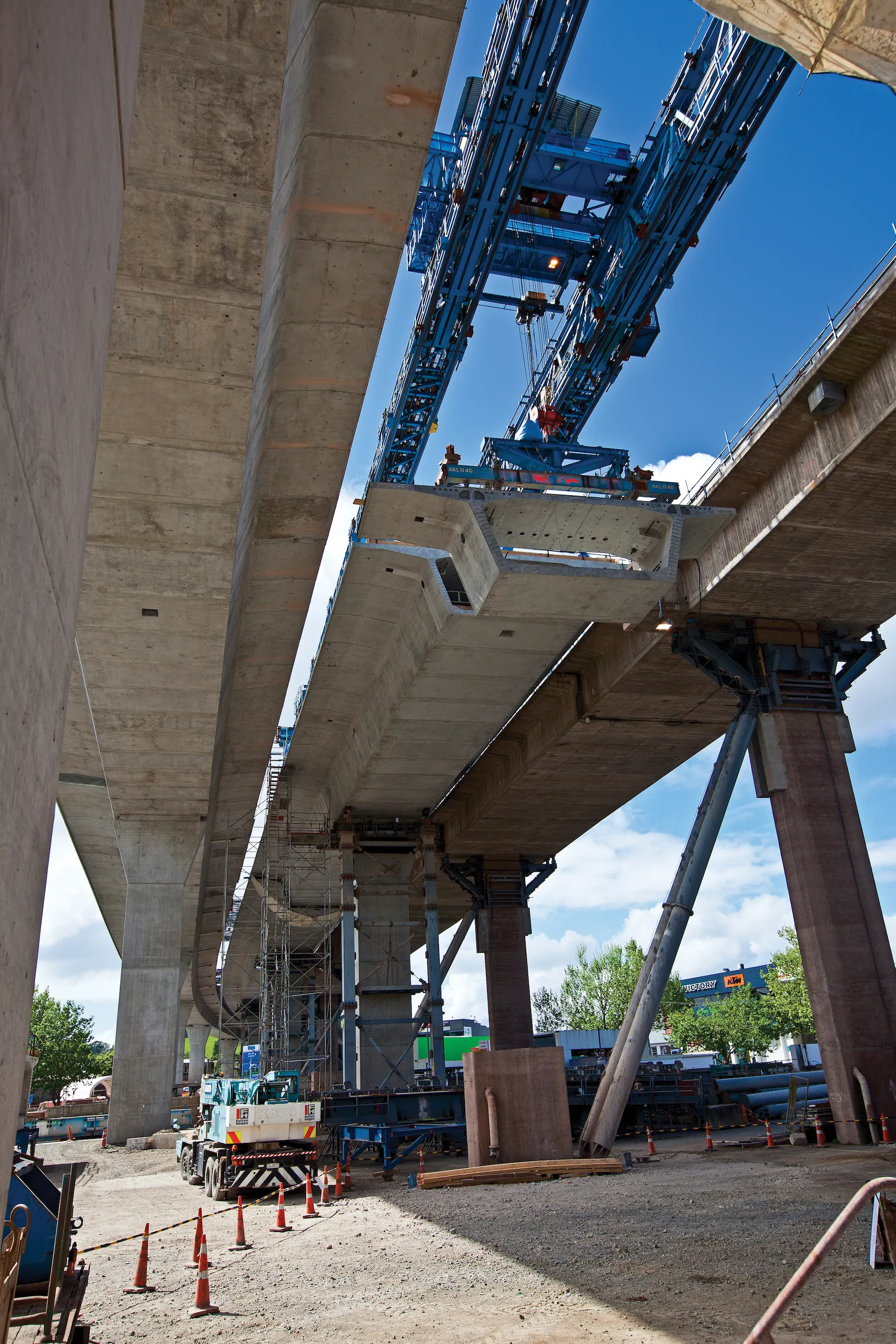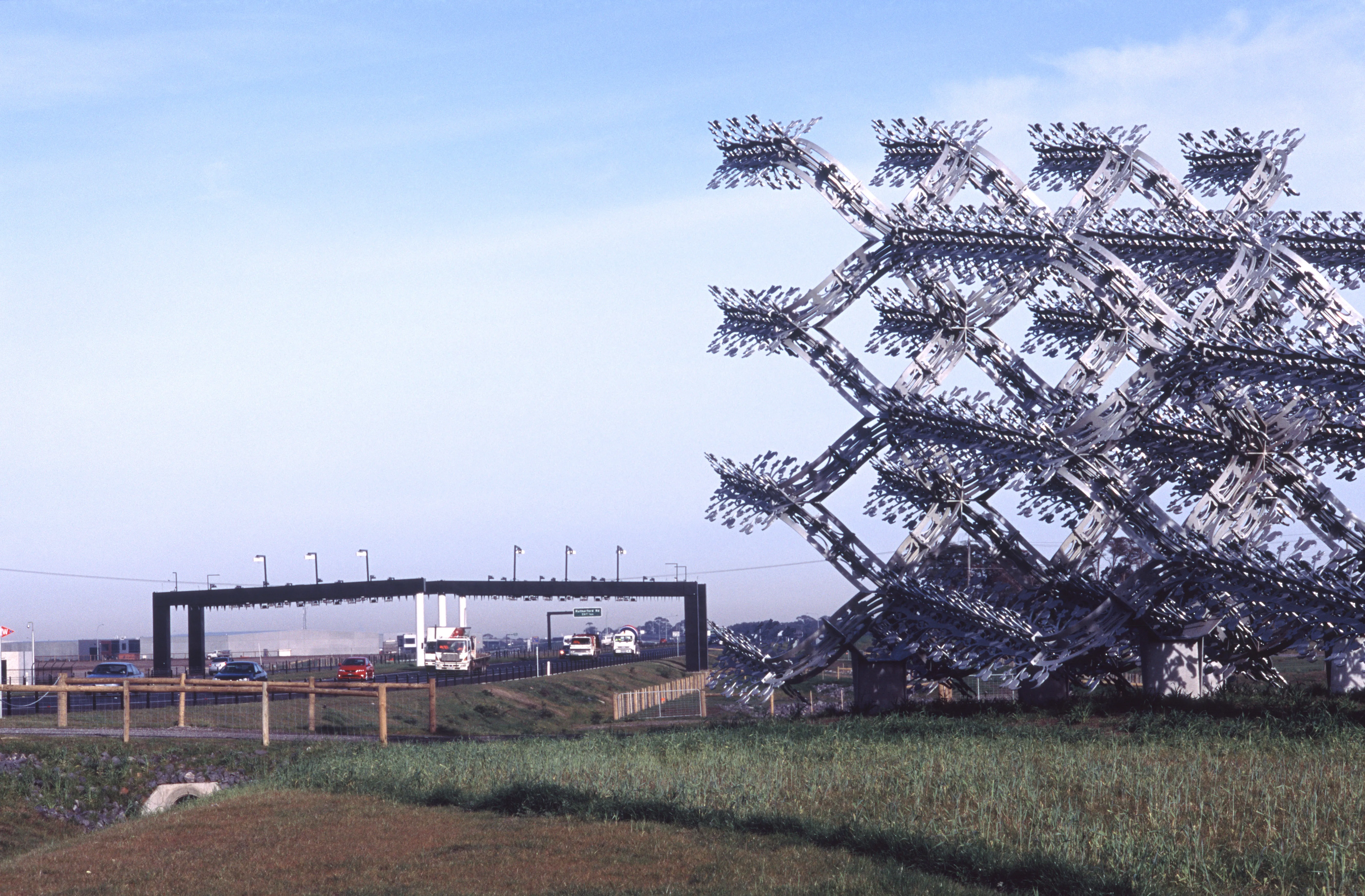Norway is reconsidering its key transport plan aimed at removing the need for ferries along its coast. The programme was intended to build bridges and tunnels along the E39 route connecting Trondheim and Kristiansand.
The route runs from Kristiansand in the south of the country, along the coastline. Norway’s scenic coast features many fjords, with ferries currently crossing many of these. However the plan had been to build a series of bridges and tunnels to speed transport.
Faced with spiralling cost
October 7, 2019
Read time: 1 min
Norway is reconsidering its key transport plan aimed at removing the need for ferries along its coast. The programme was intended to build bridges and tunnels along the E39 route connecting Trondheim and Kristiansand.
The route runs from Kristiansand in the south of the country, along the coastline. Norway’s scenic coast features many fjords, with ferries currently crossing many of these. However the plan had been to build a series of bridges and tunnels to speed transport.
Faced with spiralling costs, the Norwegian Road Administration (









